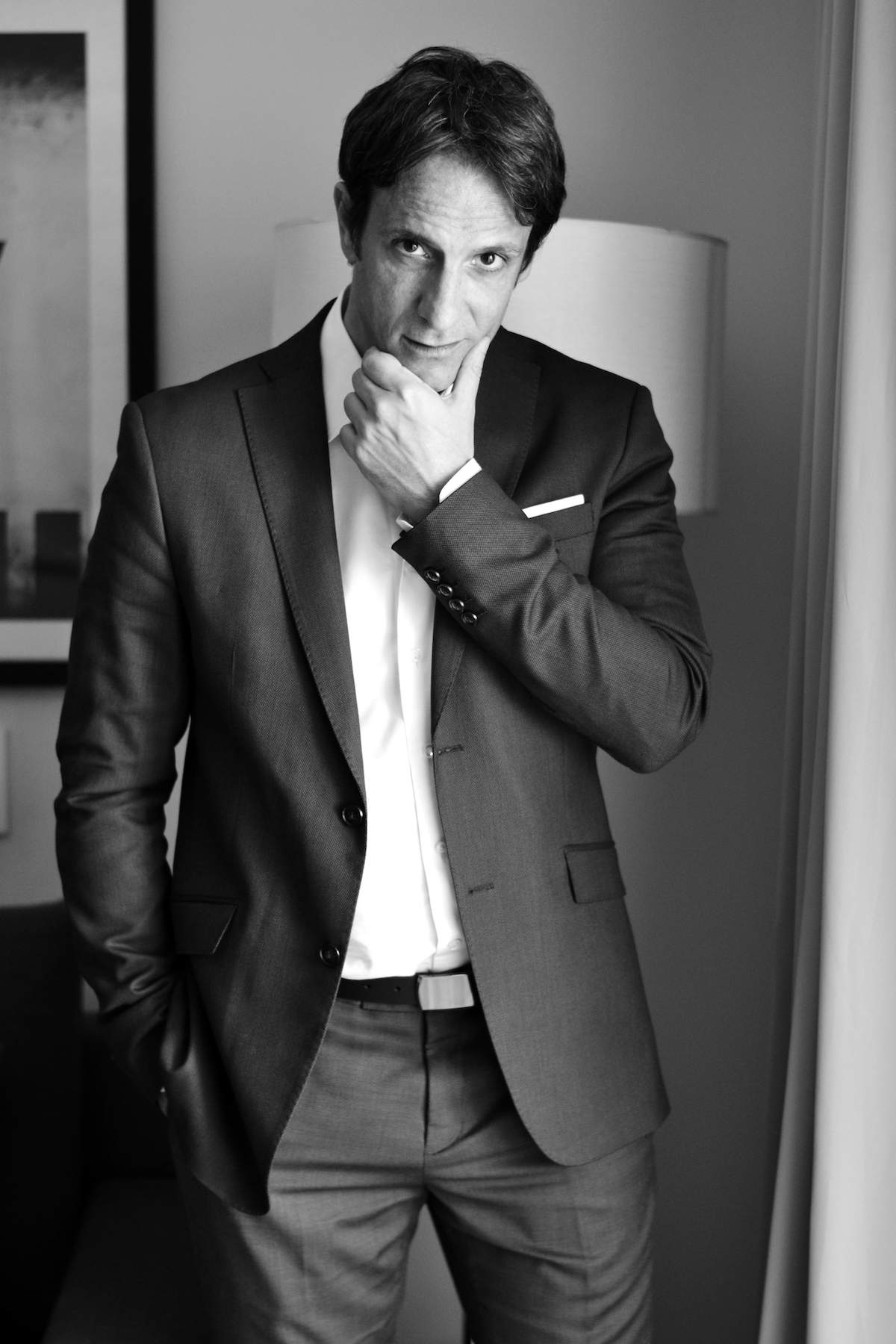Building the Green Dream: Romolo Valentino Nati
Romolo Valentino Nati honed his property developing skills as a student, before embarking on a mission to design sustainable buildings.
As an architecture student at The Sapienza University of Rome, Romolo Valentino Nati started to dabble in property development, finding a profitable outlet for his creative flair. Even back then, he had an interest in sustainable design. "I have always been fascinated by the relationship between architecture and renewable energy, both from a conceptual point of view and from a business opportunity point of view," he explains.
On graduating, he worked in Italy, Estonia and the Philippines, winning awards and praise for designs. But his interest in real estate remained. As a student, he bought small- to medium-sized historical buildings in Italy that were in poor condition, renovating and subdividing them into units he could rent out to generate income and then sell. A desire to expand this side of the business led Romolo to the US and then the Philippines, where he met his now business partner, Jose D Leviste III, an environmental lawyer.
A zeal for sustainable development
Bound by a zeal for sustainable development – Jose was interested in renewable energy and Romolo in design and development – the pair identified the Philippines as a country with huge growth potential and an ideal place to launch their ‘green’ sustainable development projects. They set up Italpinas Development Corporation (IDC) in 2009 with the aim of designing and building a better future for what is one of the fastest-growing countries in Asia.

"We think that with IDC, we can help to design and build a much better ‘humanised’ environment," says Romolo, Chairman and CEO of IDC.
"I’ve always loved architecture and real estate, but I’ve never liked the ‘side effect’ of it – environmental degradation. I think that we should be able to develop buildings that can improve the quality of life rather than deteriorate it. Our environment is an essential part of our quality of life," he explains.
I think that we should be able to develop buildings that can improve the quality of life rather than deteriorate it.
"My role model in designing green structures is nature. I think nature is the best teacher we have. In natural organisms, there is no more than what is needed and the result is complete harmony. This is the philosophy we have at IDC about green architecture and sustainable development: balance, harmony and efficiency. That’s the only way we should design and develop. The rest will not last."
Primavera Residences
In a bold move, IDC looked outside the standard metro Manila area at the potential to develop in regional areas. With its first project, Primavera Residences in Cagayan de Oro, Northern Mindanao, it proved that sustainable development in emerging cities could be successful and profitable, if done right.
Primavera Residences won several international and national awards for its commitment to green living and architectural design, and set IDC centre stage when it came to green property development. Romolo believes that for a development to be sustainable, it must address 3 key areas: environmental, social and economic.
He stresses that IDC’s building designs always consider the uniqueness of the site, and the start of the design process also involves gathering extensive data on local weather conditions. "We design buildings to be like organisms where every element serves a purpose and nothing is superfluous," he adds.
Good design
But Romolo is also keen to stress the goal of providing good value at an accessible price point. Architectural design is also about empathy. A designer must empathise with what the end users need and deserve.
"This is the root of our social values as a design company," he explains. "With the combination of the right locations, the right products, and the best design, we create long-term commercial value for our investors, end users, for the community, and for all our stakeholders."
As an Italian designer, he brings his heritage to the developments. "Even accessible homes should have an elegance and sensitivity that make an impact. Good design belongs just as much, if not more, in this market space than it does in the super-elite upper market."
IDC continues to grow, taking on new projects in the Philippines as it strives to become a global player in the Asian arena – and Romolo keeps his eyes towards the natural world for future inspiration.